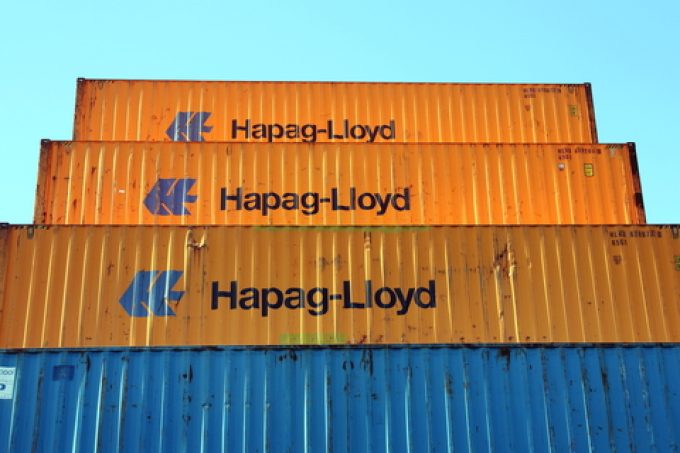MSC and CMA CGM gobble up capacity from non-operators
Don’t forget those intra-regionals…

Standard & Poor’s (S&P) have upgraded their credit ratings for ocean carriers Hapag-Lloyd and CMA CGM ahead of expected bumper third-quarter earnings for the container line sector.
Hapag-Lloyd’s rating is up by one notch, from ‘B+’ to ‘BB-’, with a ‘positive’ outlook, the highest rating assigned to the carrier since 2010.
S&P said it expected Hapag-Lloyd to continue its solid performance, with a strengthened cash flow and reduced debt, resulting in “stronger-than-expected credit metrics”.
Hapag-Lloyd chief financial officer Mark Frese said: “We are ...
Asia-USEC shippers to lose 42% capacity in a surge of blanked sailings
USTR fees will lead to 'complete destabilisation' of container shipping alliances
New USTR port fees threaten shipping and global supply chains, says Cosco
Outlook for container shipping 'more uncertain now than at the onset of Covid'
Transpac container service closures mount
DHL Express suspends non-de minimis B2C parcels to US consumers
Zim ordered to pay Samsung $3.7m for 'wrongful' D&D charges
Uncertainty over US tariffs sparks interest in bonded warehouses for imports

Comment on this article